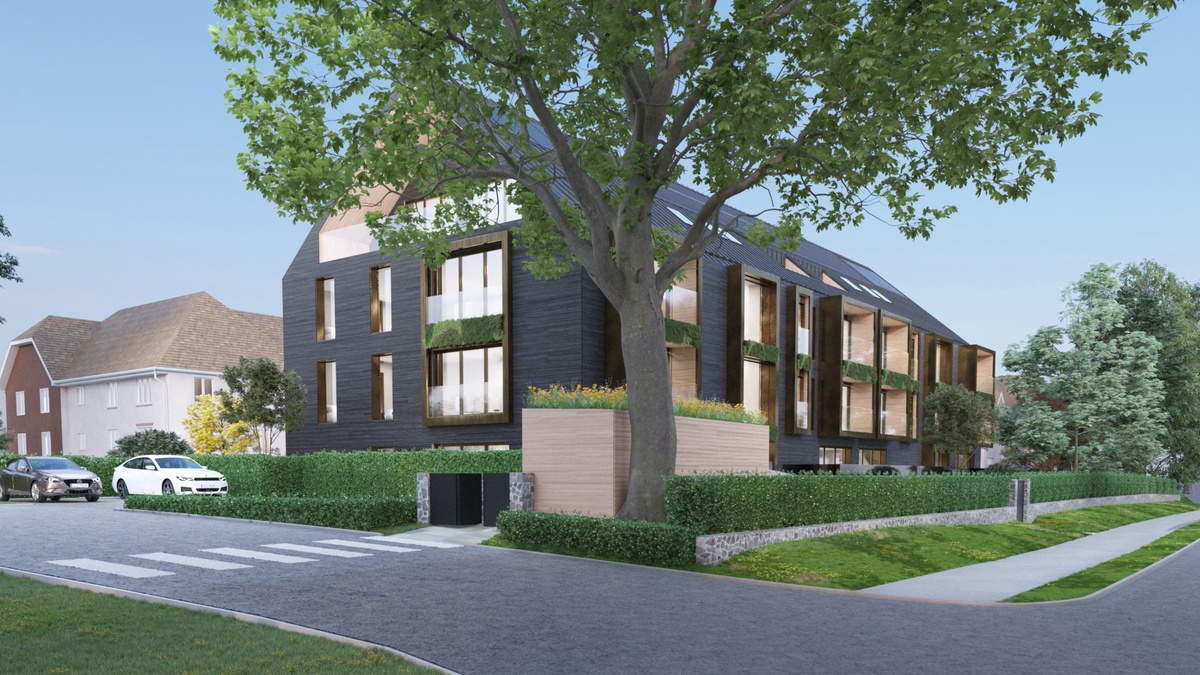Architecture 3D rendering is an essential part of architectural design, allowing designers to create stunning visualizations of their designs to help their clients better understand the end result. However, there are several mistakes that many freelance architects or designers make when creating 3D renderings. In this article, we'll discuss 7 common mistakes to avoid when creating 3D architectural renderings.
Over-Complicating the Design
One of the biggest mistakes that architects and designers make when creating Architectural 3d Design is over-complicating the design. While it can be tempting to include every little detail in the rendering, doing so can actually detract from the design and make it more difficult for clients to understand the intended end result. Instead, it's important to keep the design simple and use only the necessary elements to make the rendering clear and easy to understand.
Poor Lighting and Shadows
Lighting and shadows play a crucial role in making 3D renderings look realistic. Without proper lighting and shadows, the rendering can appear flat and unrealistic. To avoid this, it's important to use the right lighting and shadows to create depth and contrast in the rendering. This can be done by experimenting with different lighting angles and intensities until you find the perfect balance.
Using Low-Quality Textures
Using low-quality textures is another common mistake when creating 3D architectural renderings. Low-quality textures can make the rendering appear pixelated, blurry or low-resolution. To avoid this, it's important to use high-quality textures that can help bring the design to life and make it more realistic.
Ignoring the Environment
When creating 3D architectural renderings, it's important to consider the surrounding environment. The environment can greatly impact the design and how it fits into the surrounding area. For instance, if the rendering is for a new building in a dense urban area, you should consider how the building will fit in with the surrounding buildings and infrastructure. Taking the environment into account can help create a more realistic and accurate rendering that clients can better understand.
Lack of Attention to Detail
Attention to detail is critical in 3D architectural renderings. Small details such as textures, finishes, and materials can make a big difference in the overall quality and realism of the rendering. To create a realistic and accurate rendering, it's important to pay attention to the smallest details and use high-quality textures and materials to bring the design to life.
Incorrect Camera Placement
Placing the camera in the wrong position can significantly affect the look of the 3D architectural rendering. To avoid this, it's important to experiment with different camera angles to find the best placement for the camera. This will ensure that the rendering captures the best view of the design and presents it in the best possible way.
Not Considering the User Experience
Finally, it's essential to consider the user experience when creating 3D architectural renderings. The user experience should be the primary focus of the rendering, as it is the client who will be using the space. Therefore, it's important to make sure the rendering accurately reflects the user experience, so the client can visualize themselves in the space and better understand how it will look and feel in real life.
Conclusion
By avoiding these common mistakes, architects and designers can create stunning and realistic 3D architectural renderings that effectively communicate their designs to clients and stakeholders. It's important to keep the design simple, use high-quality textures and materials, consider the surrounding environment, pay attention to detail, experiment with camera placement, and focus on the user experience to create an accurate and realistic rendering that clients will love


No comments yet